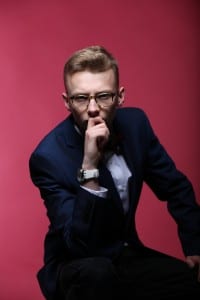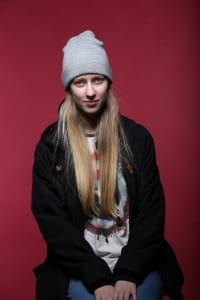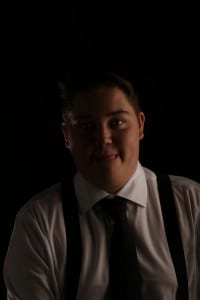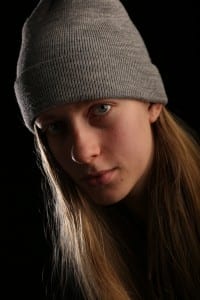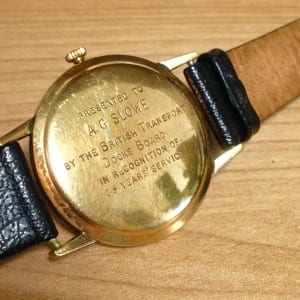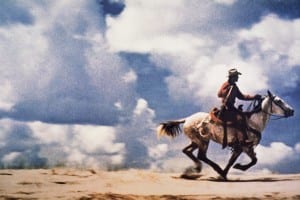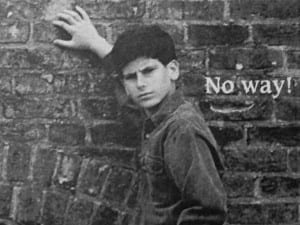|
Which of the words given in the brief document have you selected, and why?
|
|
Division. Because in this day and age I feel the majority of people are divided in some way, and while others view this quite pessimistically (rightfully so in certain instances), I feel like there can still be beauty in division. Such as where landmass meets ocean. A natural division, and a large one, but still engrossingly gorgeous and awe-inspiring. While my photography will certainly not reach these spectacular heights, I hope it at least will make people consider my point of view.
|
|
What do you want to point your camera at?
|
|
People. People are fascinating, amazing, ridiculously complicated creatures and quite frankly I find a lot of what we do confusing, which is more than enough reason for me to want to base some photographic work around us and our escapades. Specifically, I would like to create a series of triptych pieces featuring our many “selves”, the physiological theory that we present ourselves differently depending on social context (I shall expand on this later in the proposal). The centrepiece, a bland, benign, completely unremarkable portrait in the style of a passport photograph. Your most neutral, polished, “socially acceptable” self. The left, a portrait in the style of a Facebook profile picture. Personalised to the subject, informal, yet still projecting a “self” that they would like others to judge them on at first glance. Be that provocative, mature, or charming. The right, in the style of a self portrait that might be sent over Snapchat to a friend. Personal, totally informal, and the majority of the time projecting only the self that is shared with the close, and intimate of relations.
|
|
Why are you interested in this subject?
|
|
I didn’t think I was until I read “The Selfies: Social Identities in the Digital Age” by Crisia Miroiu, an academic essay assigned as essential reading during our week six seminar. In essence, the essay discusses the varying ways that the proliferation of digital technology, be it social media, camera phones, or internet enabled webcams, have affected the way that people present themselves to others in a much larger way than they did before. It was only while doing this reading that I realised precisely how much of a conscious effort I made to present myself on my various social media platforms. On Facebook, the place where I have the most family and business contacts, my profile pictures in recent years have either reflected myself as a professional or something to support my online “brand”[1] (such as having a piece of character portraiture I took for a short film representing me). On Twitter, I present myself in a much more relaxed way, but I still recognise that it is a public face for my “brand”, therefore my profile pictures vary between cheeky and relaxed, but measured and controlled photographs of myself, to stills from my various short films. Meanwhile, on Snapchat, a place that I am entirely confined to interacting with good friends, I have a completely no-holds-barred attitude to the way I’m presented. I am reasonably unrestricted in my portrayal of myself, and of others, because the odds are that whomever I am sharing a particular image with has seen me in such a state or worse on previous occasion. Upon reflecting on this, I became fascinated with the idea of comparing those kinds of images, to the images where we are presenting the most neutral, socially acceptable state of ourselves. Thus, the concept was born. [1] I own and operate a Youtube channel with approximately 2,000 subscribers.
|
|
What do you hope an audience will take from your images?
|
|
If I manage to make them think in any way like I was after reading Miroiu’s essay, I’ll consider the project a complete and total success. If not, and they just have fun looking at a series of images of people pulling amusing faces, I’ll consider the project a complete and total success. No matter how people view the project, be it through academic eyes, or as a casual observer, my job as a photographer in portraying something through my imagery will have been done and I will be happy.
|
|
What areas of research are you considering to help deepen your understanding of the subject you have chosen?
|
|
Largely, I’ll be performing my own primary research with a group of my peers. Interviewing similarly aged social media users to find out specifics about how they present themselves online. Each of my triptych images will be directed almost entirely by the subject, I won’t be posing them how I like, I will be asking them to pose how they would in that given situation. Naturally, I would be naive to think that the subjects will be as comfortable with me, a photographer pointing a comparatively camera at them, as they would be with the self-controlled lens of their camera phone, so building a quick rapport through small vox pop sessions will be incredibly valuable to the final outcome of my project. Otherwise, the only research I am particularly leaning on is the original writings outlined in Miroiu’s essay. References such as William James theory of self, and sociologist Charles Horton Cooley’s concept of the “looking glass self” are being delved into and analysed for points that might be valuable to broaden my point of view.
|
|
What practitioner(s) or visual resources would you consider to have influenced you? This not have to be photographic.
|
|
I don’t feel like I was really influenced by anybody in particular. However, whether consciously or not, I do recall a photographer being mentioned during one of our lectures that produced a series of images designed to emulate passport photography in incredibly high quality, and I am of course doing something similar.
|
|
What support or equipment might you need to achieve your goals?
|
|
Only guidance in the best lenses to use for any given portrait, and possibly aid in setting up the radio controlled flash kits in the photography studio. I have yet to decide whether or not the photography studio will be my primary shooting location, as I do adore street photography, especially well done street portraiture. However, I don’t feel I would be able to build up the rapport with general members of the public quickly enough to get results I would be happy with. As previously mentioned, support from my peers in my research is required to some extent, but I have complete confidence in myself and them in that regard. |

